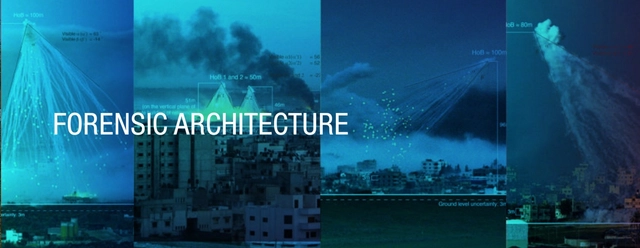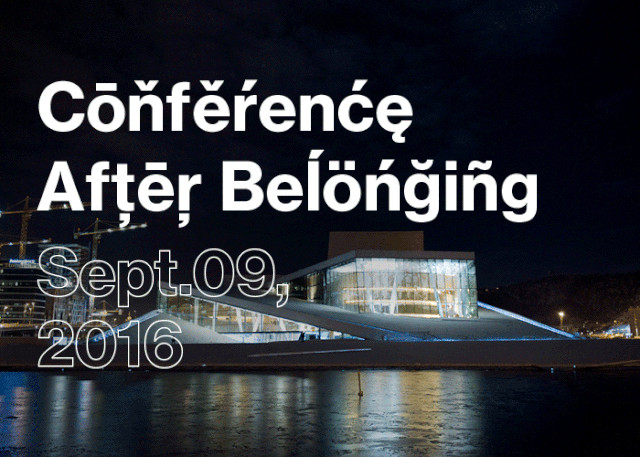
The term ‘Architectural Forensics’ varies in definition. In short, it refers to the investigation of the built environment, whether that be in relation to crime and injustice or an investigative process to discover the root cause of damage and deterioration in buildings. Often forensic architects are invited to identify potential issues and advise in how to avoid them. The role of this architect is to remain unbiased, identify issues within construction, determine potential causes and suggest solutions. They are to uncover factual evidence, which may aid in future construction or provide answers to issues associated with a particular built environment.
















